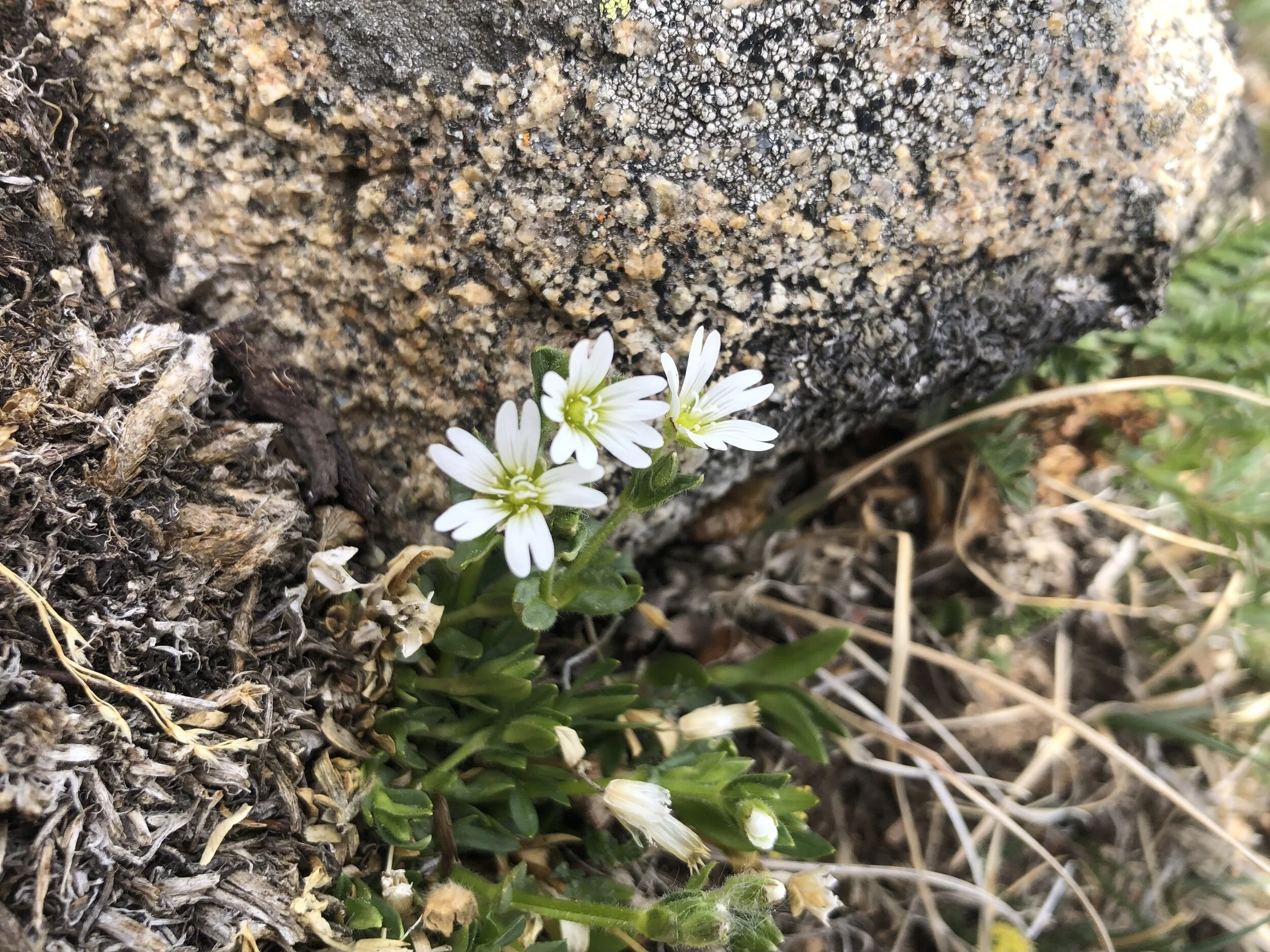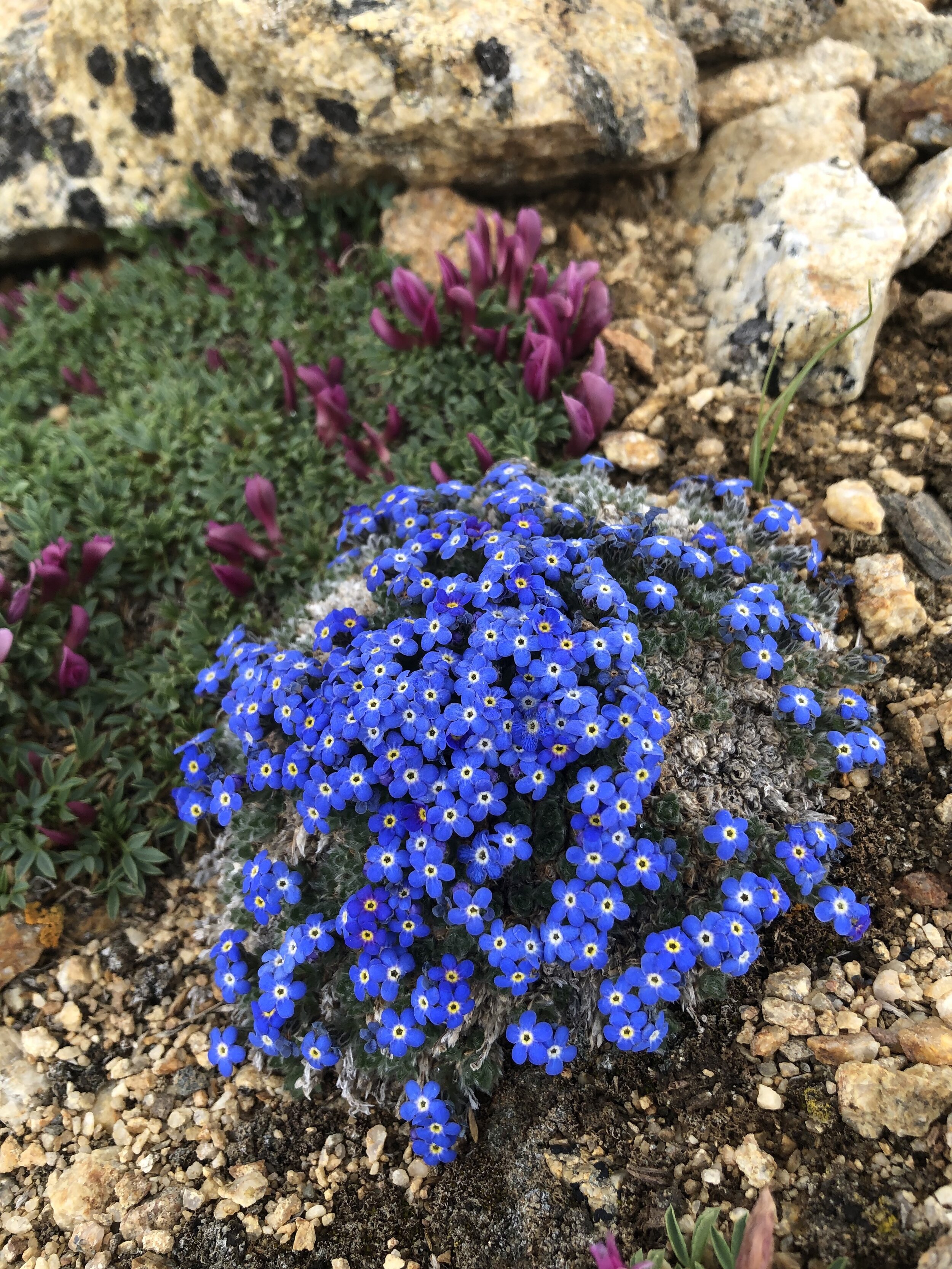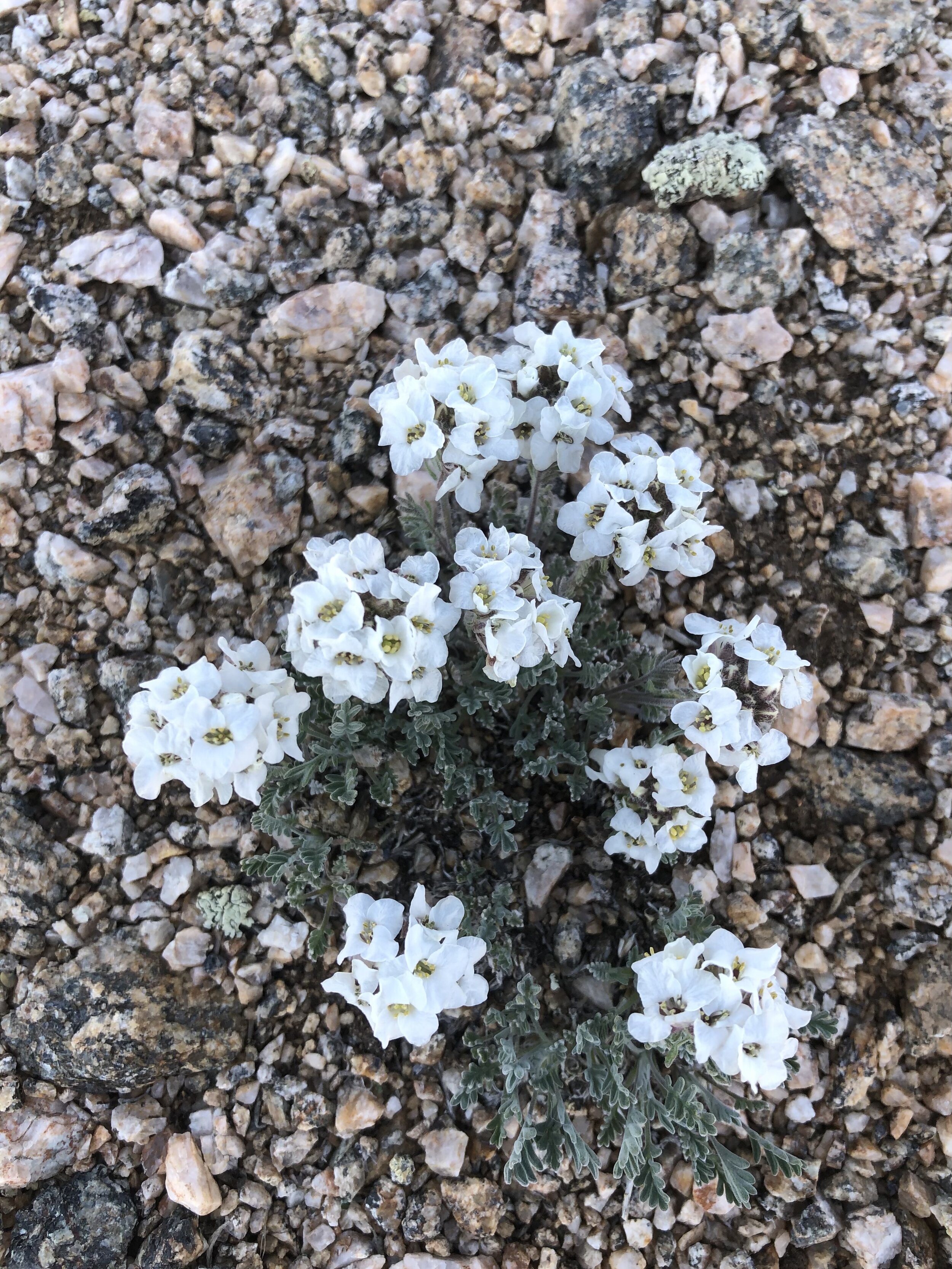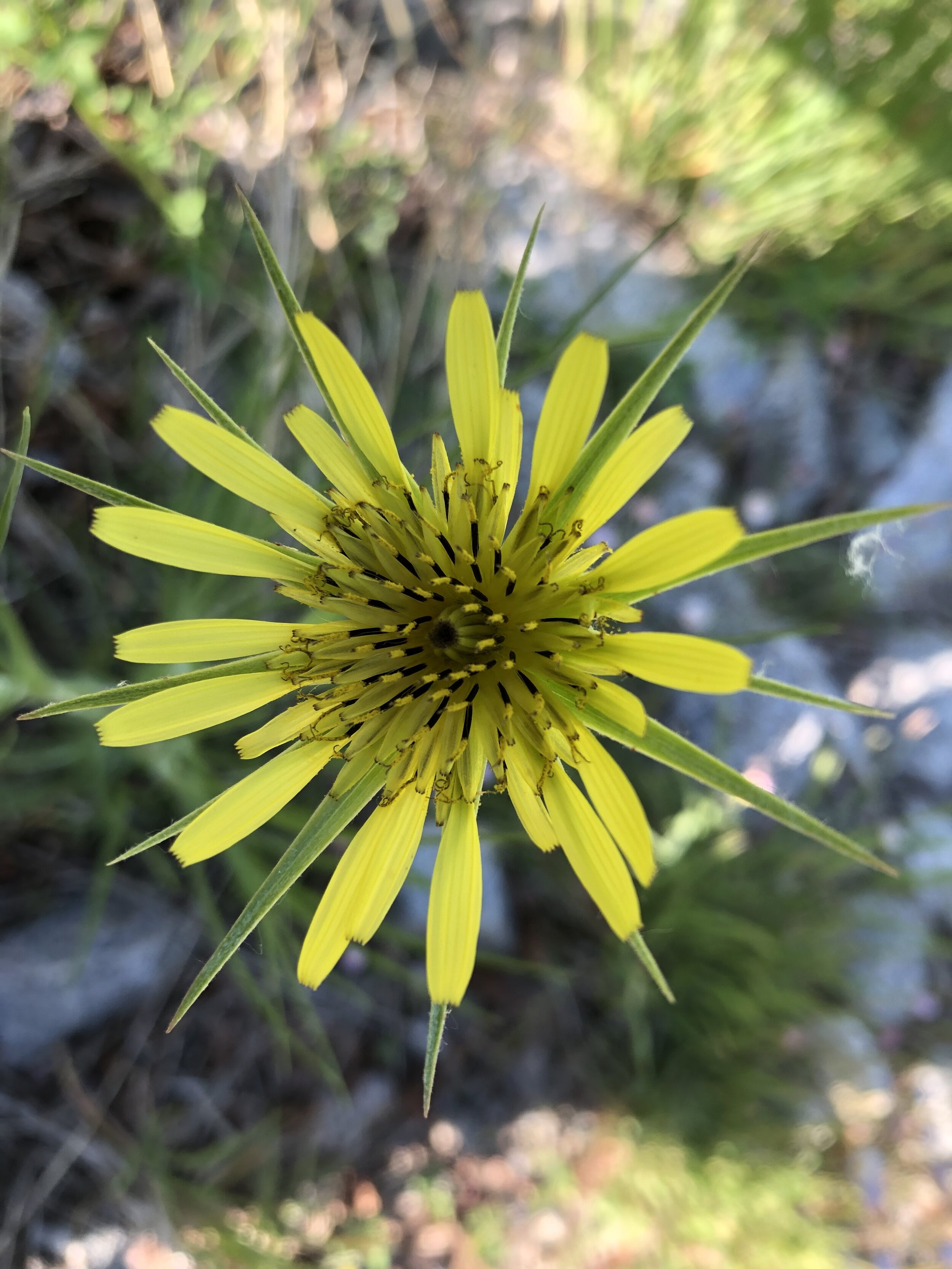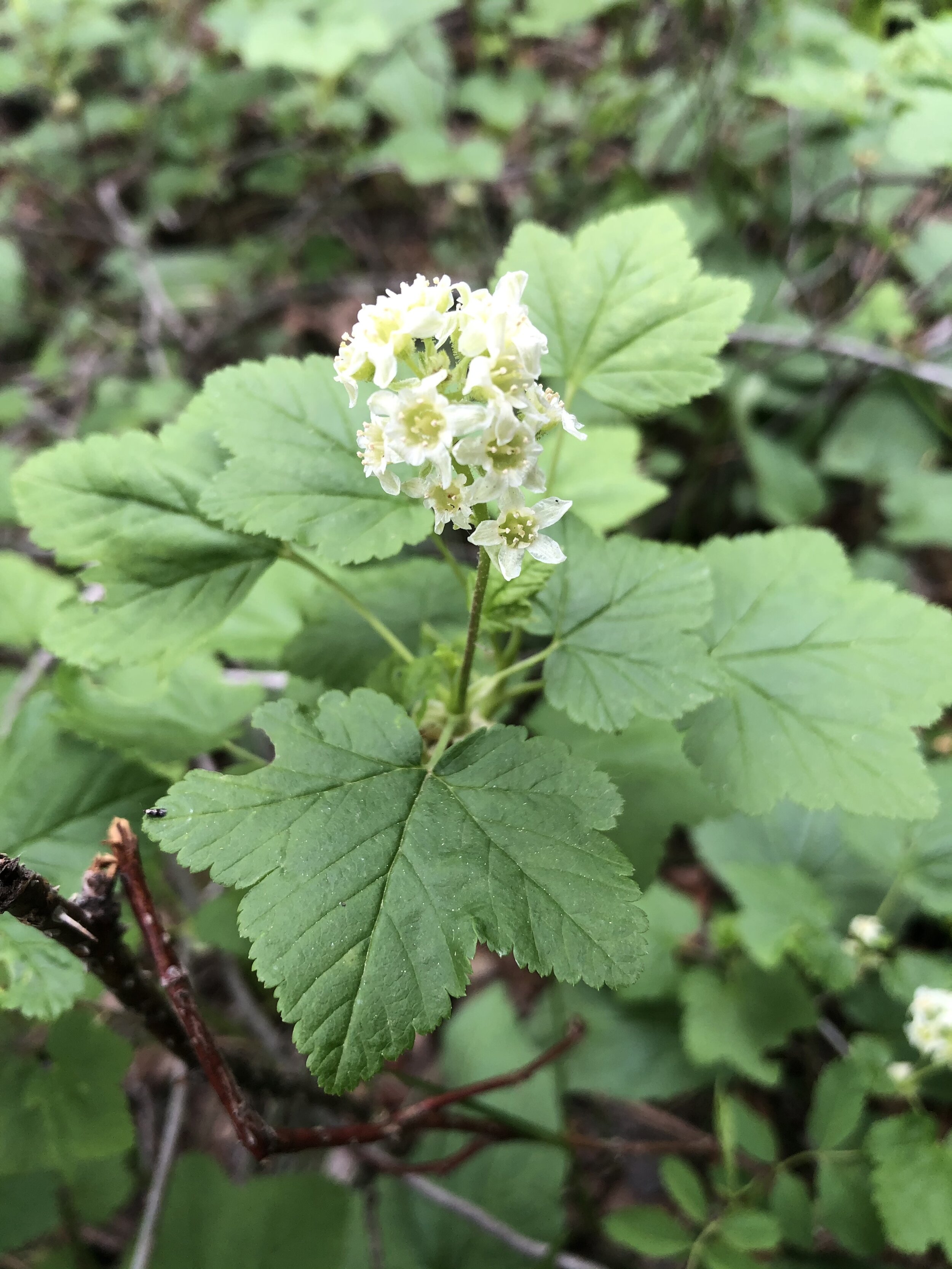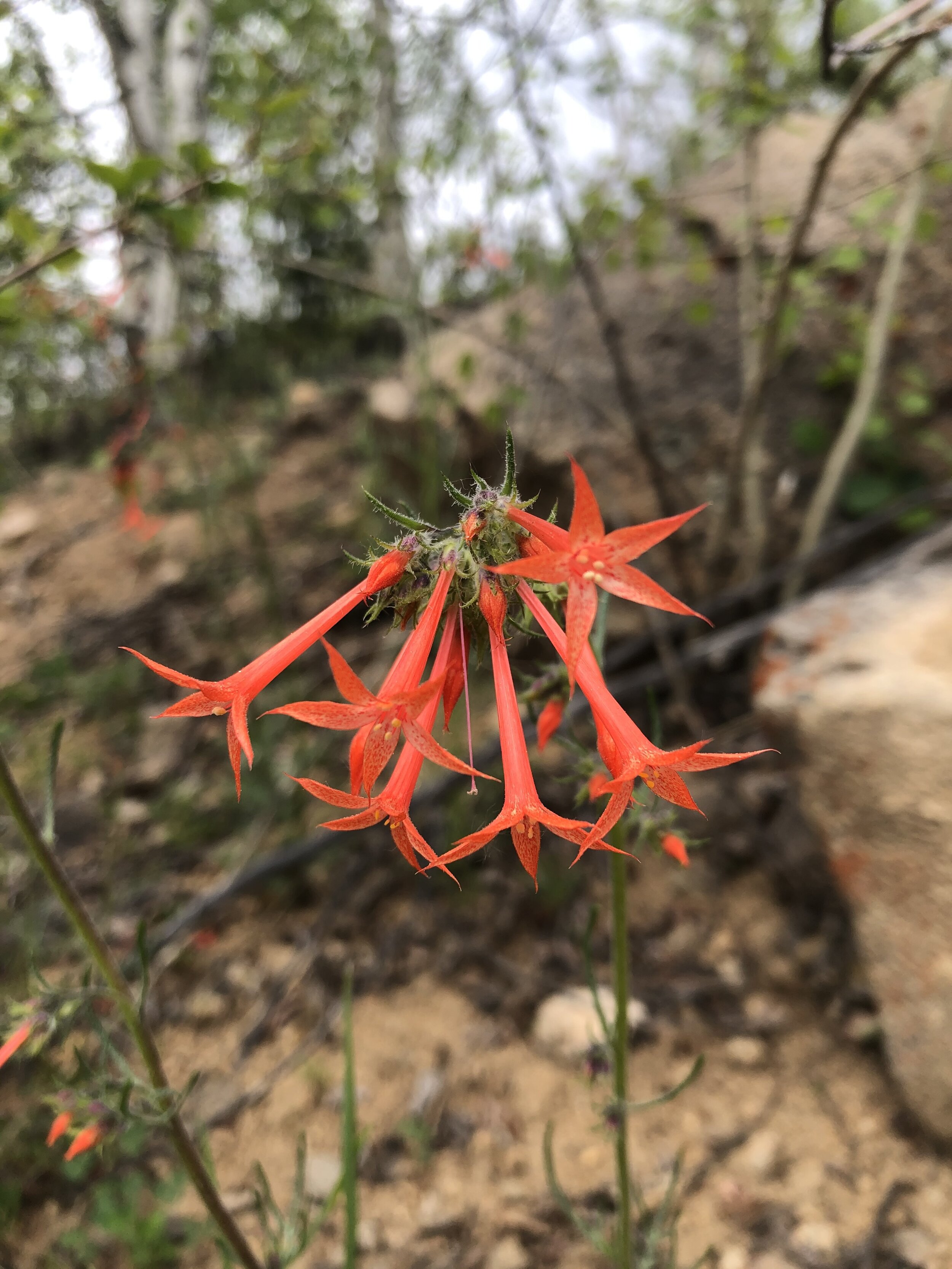Ranunculus inamoenus, June 9, 2021
R. inamoenus, NY trail, 11,100’, June 27, 2021
Common & scientific name
Graceful buttercup, Ranunculus inamoenus
Family
Buttercup, Ranunculaceae
Location
Lower Lost Man, 10,500
Fun, weird, helpful, or little known fact
Wonderful that this flower’s common name, Graceful buttercup, has effectively, by popular vote, overruled its scientific name, which translates as “unattractive” or “ugly” buttercup.” With its shiny, sunny flowers and interesting leaves—basal leaves rounded, stem leaves deeply cut—it definitely deserves better!




